The internet is saturated with great content. So how do you make sure people click on yours? The importance of a good headline can’t be overstated. No matter if your content sits on social media sites, your blog, or an external site, you need your audience to click on your headline to read more so that you can grow your brand.
Sites like Upworthy and Buzzfeed run off of headlines users can’t help but click. This blog takes a look at some of the tactics that can make your headlines irresistible.
What Makes a Good Headline?
When you write a headline, don’t do it with the purpose of selling to your audience. Instead, focus on drawing in readers and encouraging them to read the rest of the content. You must also ensure that the headline accurately represents the rest of the content and is not misleading. The majority of Americans believe the headlines they read. Fake or “click-bait” headlines can give your brand a bad reputation.
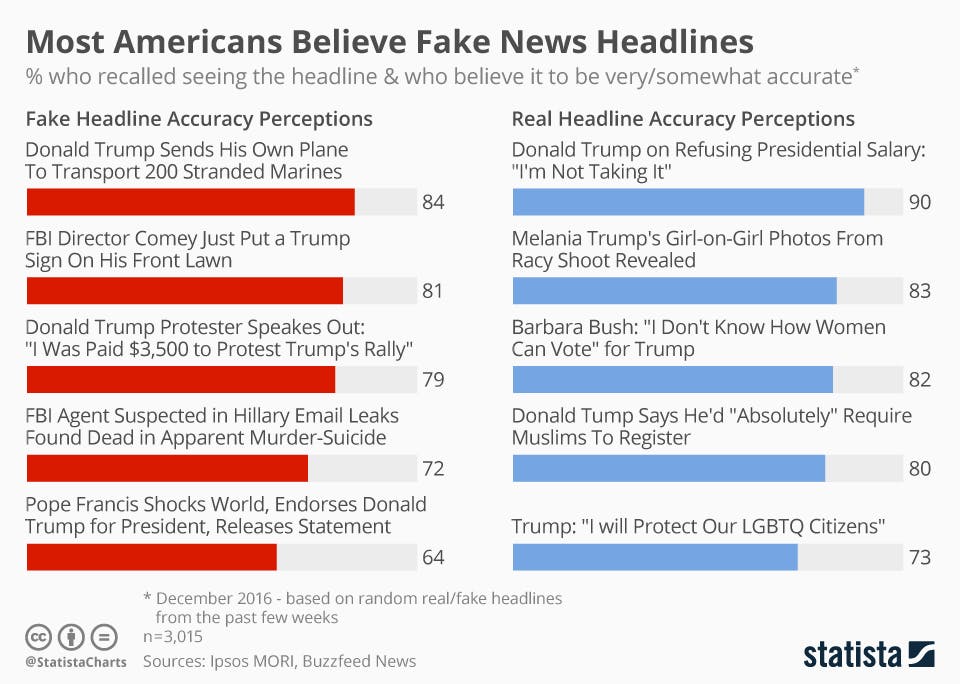
Melanie Duncan’s 4U Formula
Melanie Duncan’s 4U formula is the perfect plan to get readers to click every time. This formula encourages headline writers to focus on creating copy that’s “useful, urgent, unique, and ultra-specific.”
A headline that’s useful offers users something they need, whether it’s educational or entertaining. Once you understand what’s useful to your audience, you can offer them what they’re looking for with a headline that offers a problem and a solution. The types of content that are usually considered “useful” are listicles and how-to pieces.
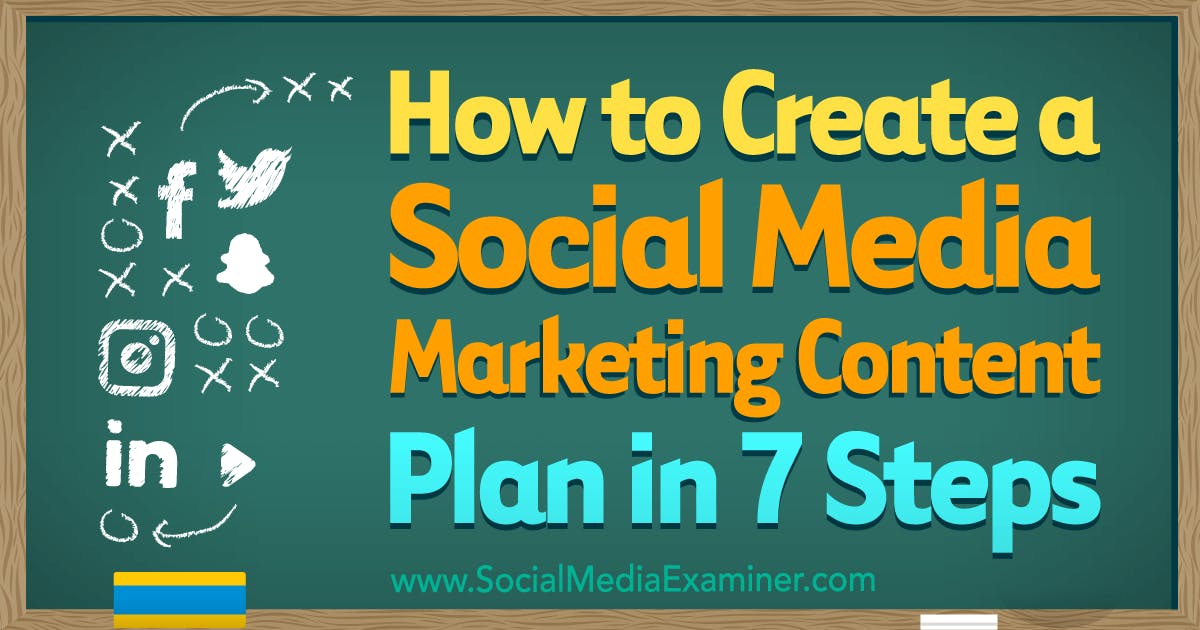
A headline that’s urgent pushes users to click. You want to make users believe they’re missing out if they don’t click on this (seemingly) time-sensitive content. Urgency doesn’t always always apply to all content, nor does it have to. You can skip adding this “U” if it doesn’t make sense for your piece of content or your brand voice.
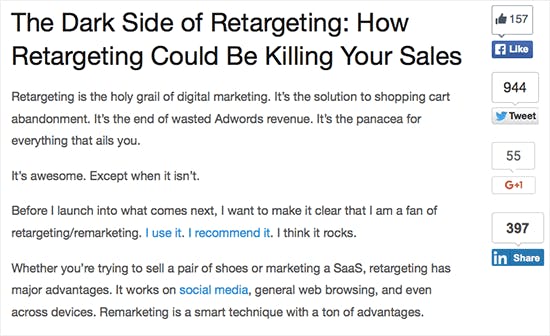
A unique headline, for its part, will stand out amongst the pack. Their difference piques the user’s interest and drives him/her to click. “Unique” words could include puns, wordplay, humorous topics, etc. The Onion is great at creating clever headlines. Here are a few examples:
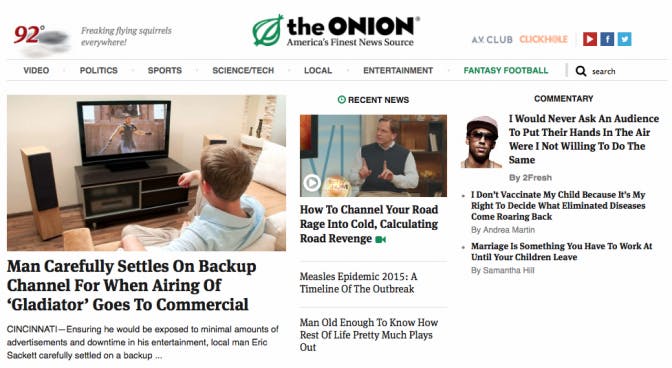
Finally, an ultra-specific headline makes it very clear what the user can expect when he/she opens the piece of content. Using numbers in your headline can help with this, as can better defining your topic to be more niche. Here’s a relevant example:
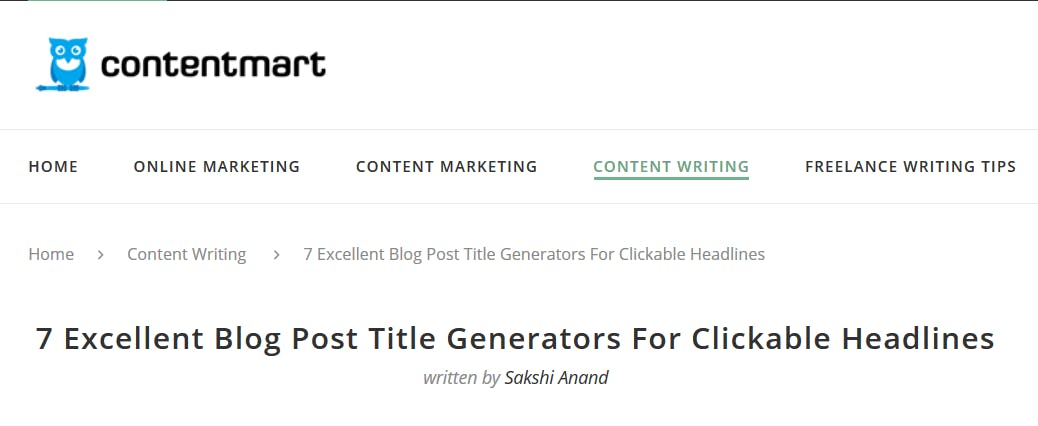
4 Specific Types of Ultra-Clickable Headlines
Now that you know the emotions you should evoke and address with your headlines, here are some of the specific formats from which to choose:
- How-Tos:How-to posts show or tell the reader how to accomplish something. Whether that’s baking cookies or starting a summer garden, these posts provide a solution to the user’s problem.
- Lists: Lists posts are one of the most popular content types. Lists break up an article/blog and make it easier to read, and the number in the headline helps with click-through-rate because it shows the reader exactly what to expect.
- ‘Why You Should:’ These posts are the type that many people just can’t ignore. No one wants to be out of the loop. These headlines make the reader realize he/she may have a problem and that your content has the answer.
- Questions: By posing a question in your headline, your audience knows you’ll answer that question in the article. These are also great for SEO credibility, as many questions are also search queries.
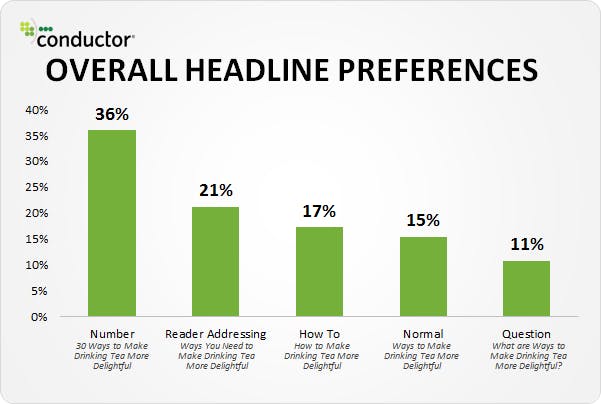
Having trouble thinking of an intriguing headline or format? Read this blog post for help on how to come up with a blog name.
8 Additional Take-Action Tips for Creating Engaging Headlines
- Be Mysterious. People are inundated with information, so why not add a little mystery to your headlines? Draw readers in, but don’t tell them everything in your headline alone. For example: “Find Out Why Feminists Everywhere are Reading Margaret Atwood’s Latest Novel.”
- Take a Bold Stance. It doesn’t always pay to be positive. In fact, sometimes negative headlines can get you a ton of traffic. Make a forceful statement (either positive or negative) to make your content stand out. For example: “Margaret Atwood’s New Novel is Her Best Yet.”
- Add Some Superlatives. It may be against the rules of “traditional” copywriting, but online copywriting leaves some room for adding multiple superlatives to your headlines. For example: “Five Tips to Have your Best, Most Amazing Year Ever” is a fun way to expand on a more basic headline “How to Have Your Best Year Ever.”
- Address the Reader Directly. Readers may love mystery, but they don’t enjoy uncertainty. Use words like “you” and “your” to tell readers exactly what to expect. For example, try “7 Way You Can be a Better Writer,” instead of “7 Ways to Write Better.”
- Turn It Into a Guide. Guides are a great way to show users you can solve their problems. Some examples are “The Comprehensive Guide to…” or “The Newcomer’s Guide to..”
Compare Two Seemingly Different Items. Doing an unusual comparison can intrigue users to figure out how the two relate. Most people wouldn’t put vodka and “health benefits” together, for example, but this example article does just that:
To employ this type of headline, start by thinking about myths you can burst in your industry.
Use Keywords in Your Headlines.We’d be remiss if we didn’t mention that you should always try to use your target keyword in your headline. Keywords attract more traffic to your piece, and because they’re probably popular terms, you can also rest assured that you’re writing about a topic your audience cares about.
Try to Use Between 16-18 Words.The highest- converting headlines have between 16 and 18 words. And although this many words won’t work in all situations, it is something to consider for blogs and long-form content.

Conclusion
Your headlines could be the key to gaining more traffic, leads, and customers. A great headline makes users want to read your content. Bad headlines make them skip over your content altogether. Use these tips to write headlines that convert. Keep in mind that you may have to write several headlines before you find one that works (and that you may need to A/B test them if you’ve narrowed down your choice to two or three options).












No comments:
Post a Comment